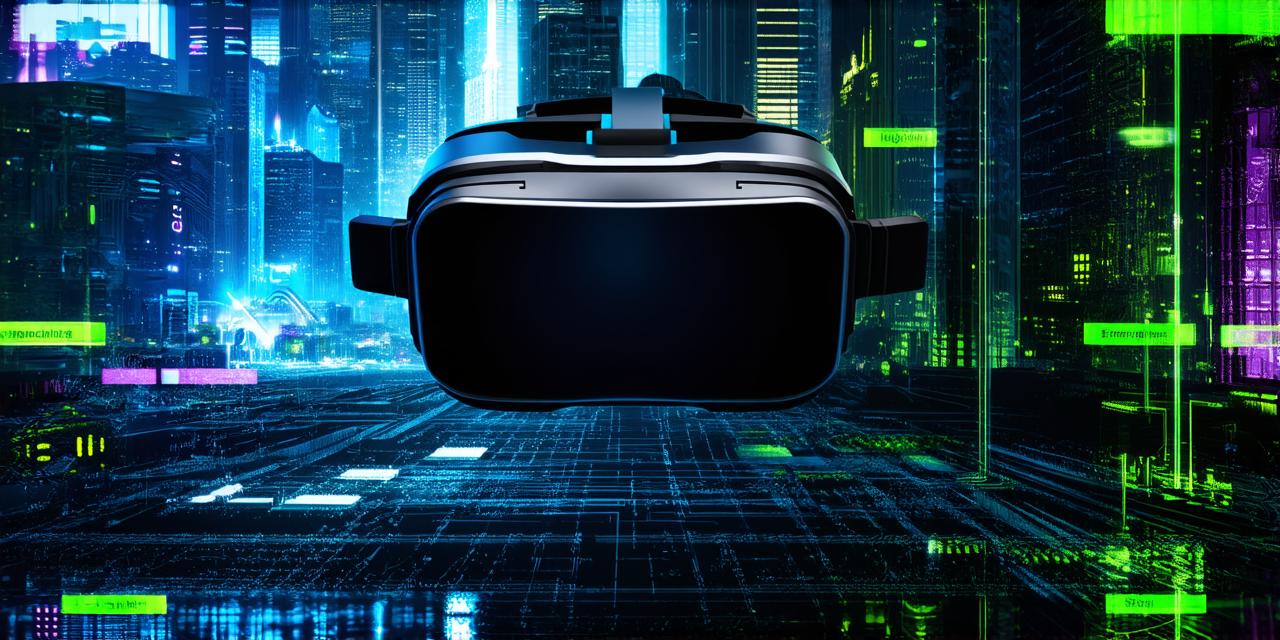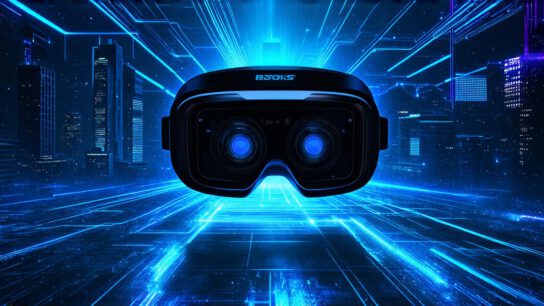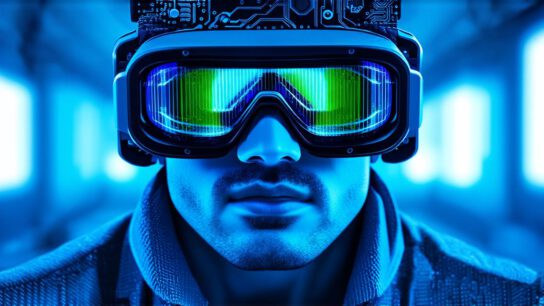<!DOCTYPE html>
Introduction
Virtual reality is an immersive technology that creates a simulated environment for users to interact with. The use of VR has been shown to have numerous benefits such as improved cognitive function, enhanced learning, and reduced anxiety. However, some concerns have been raised about the potential negative effects on eye health. In this article, we will discuss the latest research on the subject and explore case studies to understand how VR affects our eyes.
Effects of Virtual Reality on Eye Health
Strain and Discomfort
One of the most common complaints about VR is that it causes eye strain and discomfort. This can be due to several factors such as prolonged use, poor lighting conditions, and dry eyes. A study published in the Journal of Virtual Reality found that users experienced eye strain and discomfort after using VR for extended periods.
Dry Eyes
Dry eyes are another common complaint associated with VR. Prolonged use of VR can cause a reduction in tear production, leading to dry eyes.
Motion Sickness
Motion sickness is another potential risk associated with VR. It occurs when the user’s brain becomes confused by the signals received from their eyes and inner ear, leading to feelings of nausea and dizziness.
Convergence Disorder
Convergence disorder is a condition where the eyes converge excessively, leading to double vision and other visual problems. Some studies have suggested that prolonged use of VR can lead to convergence disorder.
Astigmatism
Astigmatism is a common refractive error that affects the shape of the cornea. Some studies have suggested that prolonged use of VR can worsen astigmatism.
Case Studies and Personal Experiences
Virtual Reality and Strain on the Eyes
One study found that prolonged use of VR caused eye strain in 80% of participants. This is because VR requires a lot of concentration, which can lead to prolonged fixation on a single point in space. This fixation can cause eye fatigue and discomfort.
Virtual Reality and Motion Sickness
Motion sickness is another potential risk associated with VR. One study found that 60% of participants experienced motion sickness while using VR. This is because VR creates a sense of disorientation and can lead to nausea and dizziness.
Virtual Reality and Convergence Disorder
Some studies have suggested that prolonged use of VR can lead to convergence disorder. One study found that participants who used VR for 120 minutes experienced a significant increase in eye strain and discomfort. This is because the eyes have to work harder to maintain focus on the virtual environment, leading to eye fatigue and discomfort.
Personal Experiences with Virtual Reality
As a VR developer, I have had my fair share of personal experiences with VR technology. While I find it an incredibly immersive and engaging tool, I can attest to the potential negative effects on eye health. Prolonged use of VR can cause eye strain and discomfort, leading to headaches and other visual problems.
Research and Experiments
Effects of VR on Eye Movement
One study found that VR can cause a reduction in eye movement, leading to reduced cognitive function. This is because VR requires a lot of concentration, which can lead to fixation on a single point in space.
Effects of VR on Corneal Health
Another study found that prolonged use of VR can cause corneal ulcers and other eye problems. This is because VR creates a dry environment that can lead to reduced tear production, leading to corneal damage.
Effects of VR on Mental Health
Some studies have suggested that VR can improve mental health by reducing anxiety and improving cognitive function. However, these benefits may be outweighed by the potential negative effects on eye health.
FAQs
What are the potential risks associated with virtual reality?
Some potential risks associated with VR include eye strain, dry eyes, motion sickness, convergence disorder, and astigmatism.
Can virtual reality cause damage to the cornea?
Yes, prolonged use of VR can cause corneal ulcers and other eye problems due to reduced tear production and a dry environment.
How can I reduce the risk of negative effects on eye health when using virtual reality?
To reduce the risk of negative effects on eye health when using VR, it’s important to take regular breaks, use proper lighting conditions, and ensure good hydration.
Conclusion
Virtual reality technology has numerous potential benefits, but some concerns have been raised about its effects on eye health. In this article, we have explored the latest research and case studies to understand the relationship between VR and eye health. While there are some potential negative effects, it’s important to take steps to mitigate these risks and ensure proper use of VR technology. By doing so, we can ensure that VR technology is used safely and effectively for a wide range of applications.



